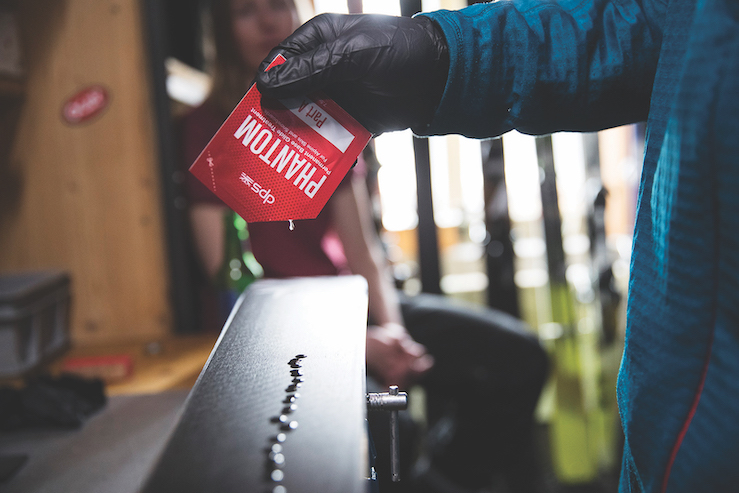
Having not been raised as a ski racer, my relationship with wax over the past several decades has been and remains somewhat distant. Sure, there are days on the mountain when I will think about wax — you know in the spring when you’re cruising happily along and all of a sudden warm patches of snow grab you to a near stop every five seconds? Good times.
Those are the days I wish I had a block of yellow in my pocket. Or is it red? My preference is to leave all things tuning — both waxing and edge work — to the professionals. I lack the patience, the knowledge, the tools and the desire. The ski shop is far better equipped to not mess things up than me.
This is my excuse for being slow to grasp the unfolding controversy facing the ski wax industry of late. At the forefront is the use of chemicals, specifically fluorocarbon (fluoros), that make certain waxes the top choice of elite nordic and alpine racers because the chemical excels at repelling water and reducing friction on snow.
Mounting evidence shows that overexposure to fluoro chemicals may carry potentially serious health risks, including cardiovascular disease, liver damage, hormone disruption and cancer. This puts shop technicians on the front lines, as they work most frequently with these materials.



